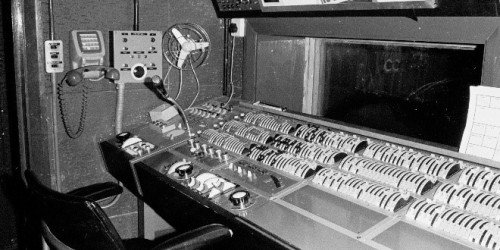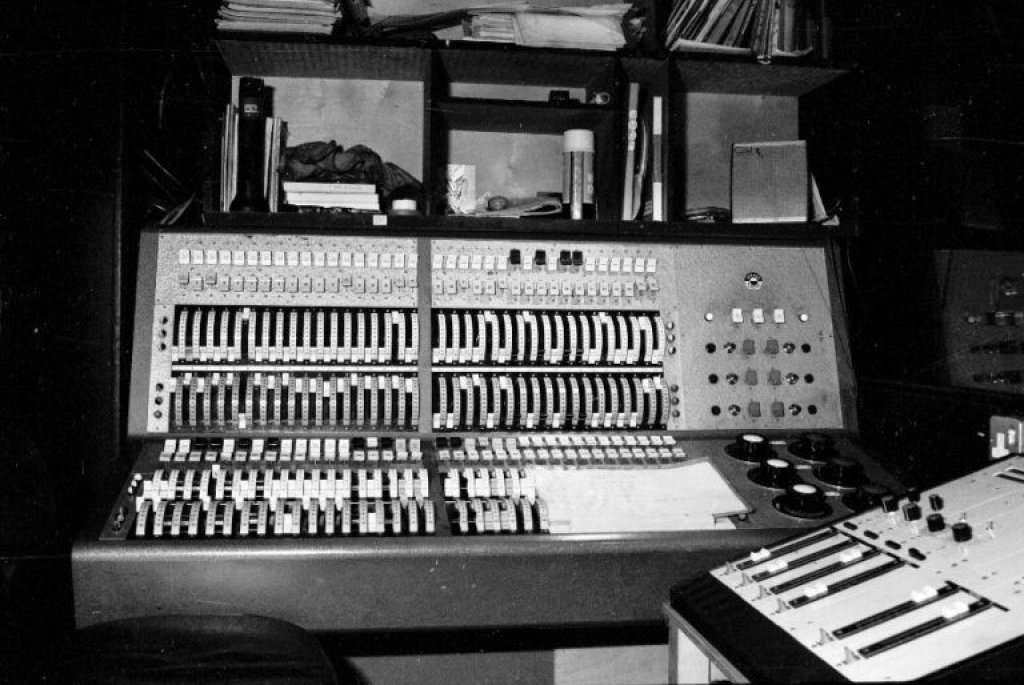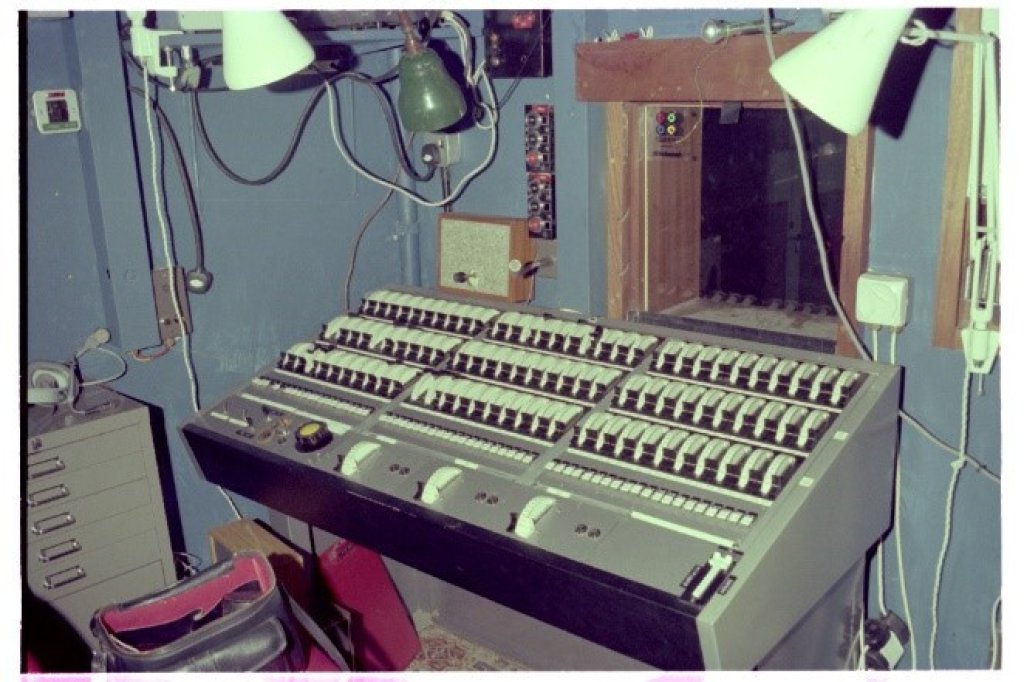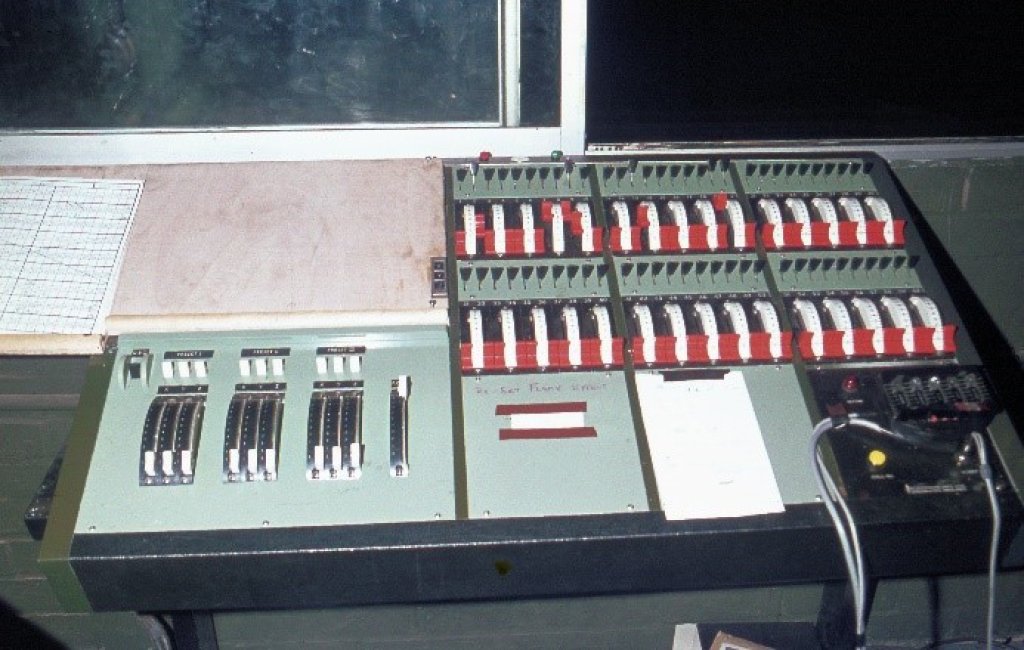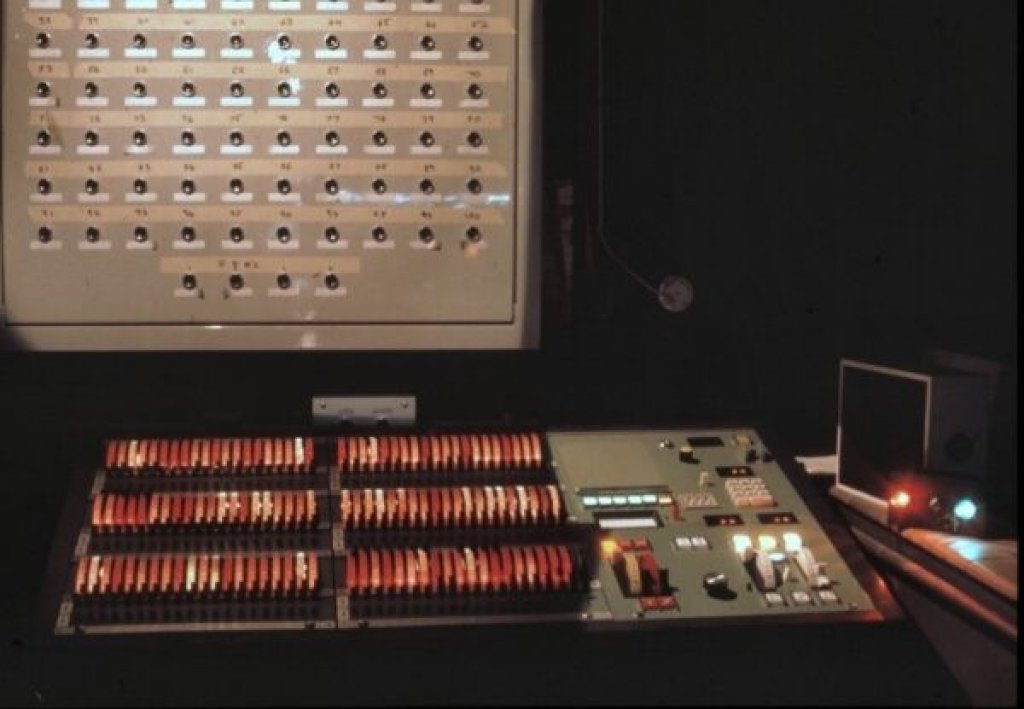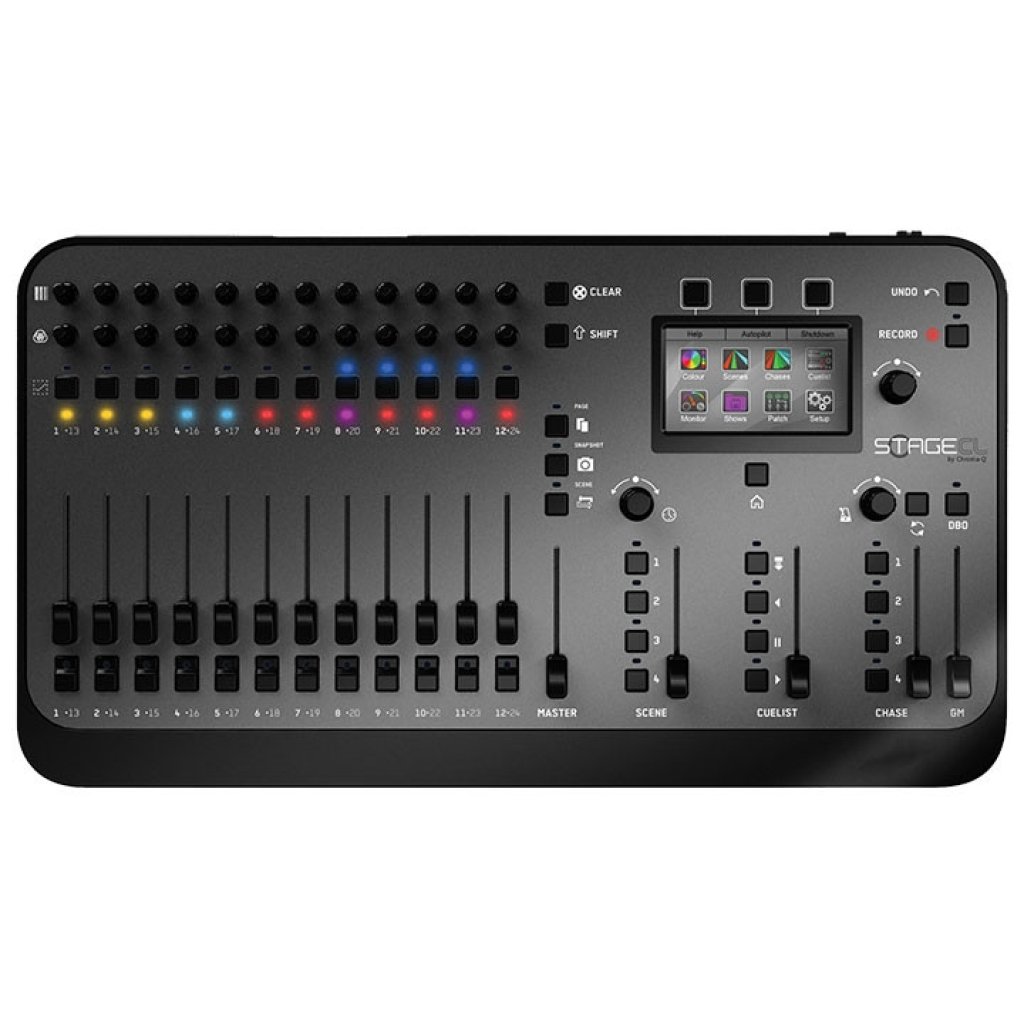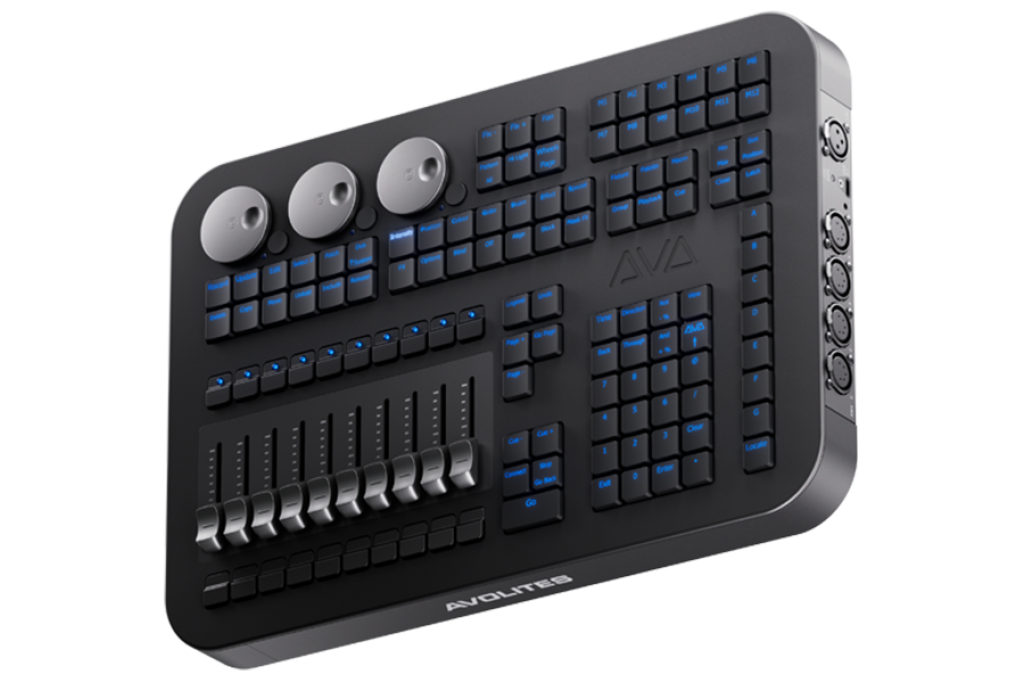The Origins of the Fader Desk
Let’s start at the beginning.
The invention of thyristor electronic dimming enabled the brightness of incandescent lamps to be reduced. This forged a path for the early fader desks. Their origins were simple ones – only having two or more rows of channel faders (pre-sets) controlled via master faders. This allowed cross-fading between two different lighting states.
These types of desks were commonplace in schools, with desks like the Strand Mini 2, Eltec, Furse and many others being a widely recognised fixture. It was rare that more than 24 channels were used with six-channel dimmer packs.
One throwback that was still in use when thyristor dimming was introduced was the Strand LC, which used Saturable Choke Dimmers.
What is a Saturable Choke Dimmer?
A saturable core dimmer uses a small DC current to magnetize an iron core through which AC current flows. As the level of magnetism increases, the conductivity of the core also increases; meaning more AC load current is then able to pass through it.
An advantage of this was that pulling the fader down gave a gentle 2-3 second fade, as the chokes discharged. A snap black-out required a relay on the output of each dimmer.
What about Larger Lighting Boards?
Larger lighting boards used more pre-sets, often with grouping. This meant a circuit could be allocated to an A or B fader – or black/white in the picture of the Strand SP60. This technology moved forward with the LP board. On this board, each fader, on each of the three pre-sets, had a microswitch and could be grouped to red, white or off. It even had a button which allowed each pre-set to be cleared down, ready for re-setting.
This desk was remarkable for needing a three-phase 30A power supply, due to a large number of indicator lamps, nearly 500 on an 80-way board, and all the relays required.
The demise of the Manual Lighting Desk
One of the final (and one of the finest!) manual desks was the Strand Three-set. This desk had three presets, each with three groups, giving a total of nine master faders.
One advantage of this desk was that each pre-set was mounted independently, normally Preset 1 on the master desk, and Pre-sets 2 and 3 on the top/bottom of a free-standing wing. This meant that in the midst of a busy show, extra operators could re-set each one while not distracting the board operator who was working the master faders.
Talk about Hot Electronics
A short-lived variant of this concept used computer-style punch cards to “memorize” cues.
Early memory desks, such as the MSR, still used faders for plotting and had very limited editing facilities.
Storage was on a drum memory and there was a Eurocard-sized PCB for every channel; meaning a 120-channel system needed two large racks to contain the electronics. To the joy of the operators, they had to be kept air-conditioned!
It will come as no surprise that this technology was overtaken by the advent of electronic memory.

